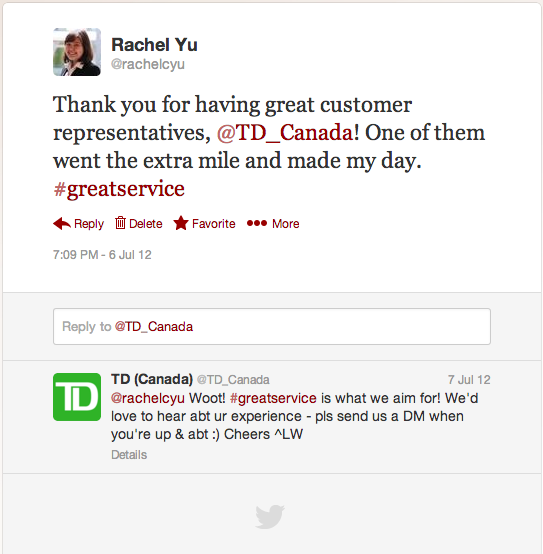Now midway into our course and project, I have been constantly thinking what social media platforms should my team’s client use that can give optimal results. For reference, our client is a local sports bar located in the heart of Richmond. My team and I have spoken with the General Manager and his business partner on who their target market and what their long-term goals are for the pub. They both have explicitly mentioned that they want to their pub to be known as a sports bar and intend to primarily attract sports enthusiasts. While they do have wings night and other promotional deals, they hope to attract consumers through their the fun, lively and sports-oriented pub atmosphere.
As someone who does not consider herself as a sports enthusiast, I found it rather challenging on deciding what social media platforms and digital marketing strategies would best fit a pub like our client’s. I initially thought of Twitter as of the one platforms that should be used. But instantaneously, I thought to myself – wouldn’t sports fans be usually glued to their TVs or streaming websites when watching a game and wouldn’t be bothered to be on any social media platforms? However, I was proven wrong by a research conducted by Catalyst.
Catalyst surveyed 2,100 sports fans between ages of 16 – 64 to identify where sports fans hangout online and where they can be best reached. While a couple of thousands do not entirely represent the whole group of sports fans, their research can still be useful and can be used as a starting point. The research shows that the number of correspondents who uses Facebook is almost double the number of correspondents who uses Twitter (stats: 73% to 37% respectively). However, on the game day, Catalyst found that these correspondents check their Twitter about 1.5 times more compared to Facebook. This information can prove to be valuable to sports pubs that are looking to gain more awareness to sports enthusiasts. Additionally, their research also found that after the game day, Instagram is the most used social media platform, with Twitter placing in 2nd.
Based from these findings, it would be ideal for our client to both use Twitter and Instagram to their advantage during game days. Catalyst‘s research also shows fans are more likely to be engaged on social media if the content has something to do with pre-game excitement, historic nostalgia photos and videos and friendly game debates. In line with our client’s long term goals and intended target market, a strategy then can use to further attract sports fans to their pub would be to tweet about what the current atmosphere is like at the pub and complementing it with a Instagram video or photo to support the statement. By doing this, our client will be able to showcase their pub’s atmosphere – the fun, lively and sportsmanship environment – and potentially attract new customers.
In conclusion, the biggest takeaway that I have got from this is that it may prove to be more effective to use Twitter and Instagram as complements of each other rather than pairing them with any other social media platforms. This is not to say that our client or any sports pub has to completely get rid of their Facebook page and other social media accounts. However, if the intention is to have conversations and be engaged with sports fans, Twitter and Instagram may be the best options.
Infographic by Catalyst:

Source: http://mashable.com/2013/10/03/sports-fans-social-media/







